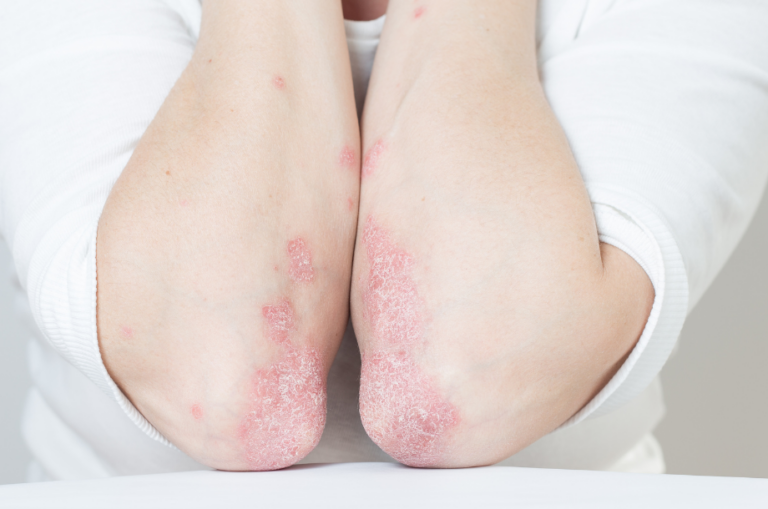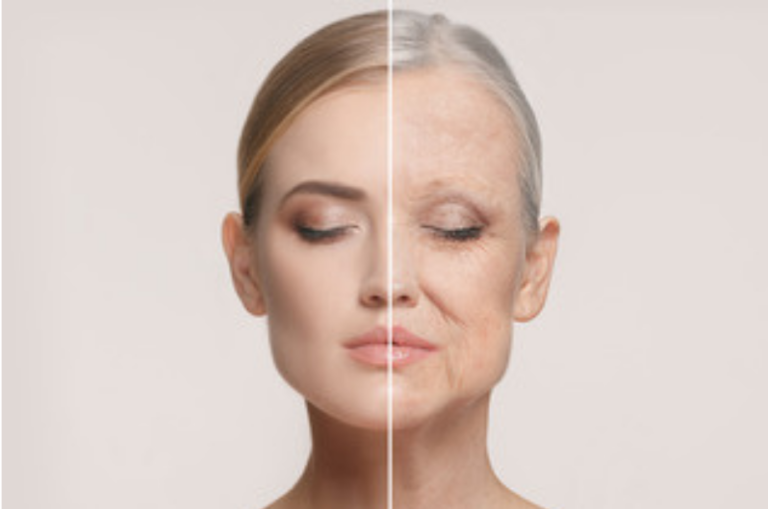
Pollution Increases Autoimmune Disease
Pollution in the environment breaks down the body’s protective epithelial layers and can trigger an inflammatory response
Lucia came to see me mainly to confirm that she was following the right path. She had a healthy childhood, but was treated with a year of tetracycline in high school for moderately severe acne. During the year she was on antibiotics she didn’t feel quite right, with frequent nausea, an upset stomach, and cradle cap on the back of her scalp. Cradle cap, also known as seborrheic dermatitis, is a yellowish, crusty rash that’s most common on the scalp of newborn babies, primarily as a result of yeast overgrowth. No one connected the cradle cap with Lucia’s GI symptoms or suggested they might be related to the antibiotics.
In her twenties Lucia decided to see a gastroenterologist for her bouts of nausea, which had worsened after she started taking birth control pills. Biopsies taken during an upper endoscopy as part of her evaluation revealed the presence of Helicobacter pylori bacteria, a much-maligned inhabitant of the stomach. Under certain circumstances, H. pylori can be associated with ulcers or even stomach cancer, but it’s been a longtime resident of the stomach—around for millennia and present in half the world’s population. We’re just now realizing, thanks to the work of scientists such as Dr. Martin Blaser, that for many people, H. pylori has a protective effect, and unnecessary eradication can lead to additional problems, such as esophageal inflammation.
In Lucia’s case, Helicobacter pylori was definitely not the cause of her nausea, and after two rounds of treatment, each lasting two weeks and consisting of three different antibiotics, her nausea was worse rather than better, and she started to develop reflux symptoms that she’d never had before—a known complication of H. pylori eradication in some people. That prompted her gastroenterologist to start her on acid suppression therapy, but not to question why a slim, otherwise healthy twenty-five-year-old who didn’t smoke, drink, or eat big dinners late at night (all potential reflux triggers) was suddenly having reflux. Lucia also developed recurrent episodes of the cradle cap she’d had in high school when taking the tetracycline for acne. Her doctor recommended a topical antifungal for the yeast problem, which would clear it up for a week or two before it would come back again.
By this point Lucia was starting to lose faith in the medical community. Through her own self-study, she decided to stop the acid suppression, get off the birth control pills, and embark on a strict anti-candida diet that allowed only lean meats, fish, poultry, and green vegetables. The regimen was difficult to follow, and because she didn’t have much of a taste for meat, she ate mostly vegetables. But by the end of the first week, she noticed a big difference in her symptoms. Her cradle cap was completely gone, her nausea was better, and the peculiar odor she’d noticed on her skin was also improved. After two weeks on the diet she liberalized what she was eating and continued to feel well, although she still avoided large amounts of sugary/starchy food, most fruits, and beans.
Two months after her recovery, Lucia developed a severe sore throat and low-grade fever. A swab for Strep came back positive. Reluctantly, she agreed to take antibiotics for a week. Within a few days of starting treatment, Lucia started to feel terrible again, with recurrence of all her previous symptoms. This time it took a month of strict dietary changes for her to get back to a good baseline. When I saw her in my office she was looking and feeling good, with no GI symptoms or manifestations of yeast overgrowth. I suggested that she liberalize her diet and reintroduce fruits and legumes. I also put her on a low dose of a probiotic to try to mitigate the microbiome-damaging effects of her recent course of antibiotics on top of the chronic antibiotic exposure she’d had as a teenager. Just a five-day course of broad-spectrum antibiotics can suppress as much as a third of your gut bacteria, and although many of the diminished species recover, not all do.
For someone like Lucia, the excessive (and unnecessary) treatment for H. pylori was the straw that broke the camel’s back, tipping her already altered microbiome into full-blown dysbiosis. Fortunately, her ability to heal herself through changing her diet put her back in control of her health—the best place to be.
Takeaway: Although dysbiosis (imbalanced gut bacteria – SIBO is an example of this) doesn’t cause everything that’s wrong with us, you can see that it is at the heart of many of our common maladies, and the list of correlated conditions grows longer every year. Nurturing your microbes is a lot easier than trying to replace them when they’re gone, but for those suffering from microbial discord, committing to dietary and lifestyle changes and learning how to avoid everyday microbial disruptors can mean light at the end of the tunnel.
For a complete guide to restoring the microbiome and treating dysbiosis, read Dr. Chutkan’s book The Microbiome Solution.
For more on H.pylori and its eradication, check out Janice’s question in our column, Ask The GI.

Pollution in the environment breaks down the body’s protective epithelial layers and can trigger an inflammatory response

Researchers found that climate change may detrimentally impact our quest to look younger through its effects on the soil

